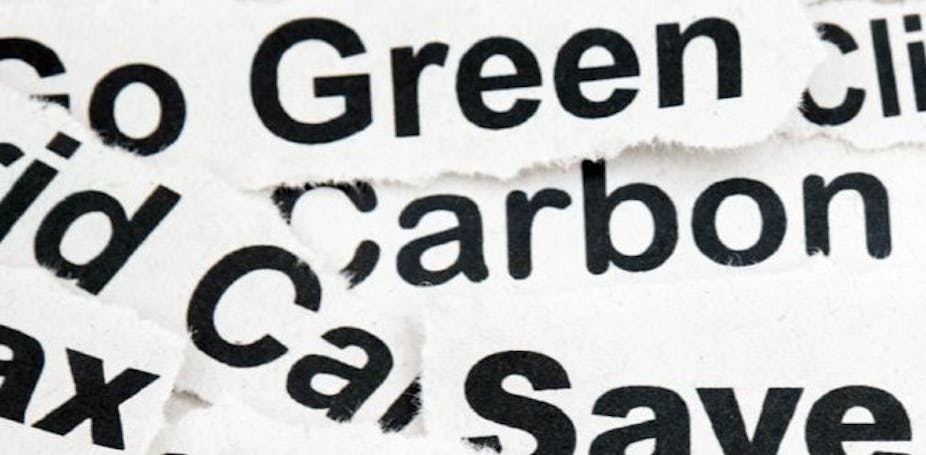Many Australian consumers and businesses are working on ways to reduce their greenhouse gas emissions. For some, the carbon tax meets their needs: it’s designed to specifically motivate changes in behaviour by raising the costs associated with the production of pollution. But others are looking for more direct measures. Do offsets fit the bill?
The market system that the Australian Government implemented means that changes in behaviour (from businesses and consumers) can happen two ways. The first, and most environmentally effective, is reducing production of greenhouse gases by producing and consuming more efficiently.
Consumers and businesses can also reduce their negative impact by “purchasing” savings from others; this is referred to as carbon offsets. According to the Australian Federal Government “Carbon offsets represent abatement of greenhouse gases which is achieved by: reducing or avoiding emissions, for example, through capture and destruction of methane emissions from landfill or livestock manure, or removing carbon from the atmosphere and storing it in soil or trees, for example, by growing a forest or reducing tillage on a farm in a way that increases soil carbon.”
There are multiple alternative types of carbon offsets and accreditation schemes to ensure that these offset programs deliver on their promises. For example, the Carbon Offsets Guide (2013) lists 55 alternative providers of carbon offsets in Australia which comply with a variety of 14 different types of carbon offset accreditation.
The accreditation schemes focus on a range of different activities and objectives. Some offset programs focus on projects that operate in developing countries. But most offset schemes explicitly exclude other environmental impacts of projects which means there could be other negative environmental impacts from a carbon offset program.
In reality it is questionable how much consumers understand about offsets when purchasing their own offsets or purchasing products that promote they have carbon offsets. This is why governments around the world are looking into regulating how carbon offset claims are used.
The question for consumers needs to be what do they want to achieve by purchasing products with carbon offsets? If consumers want to reduce their overall environmental impact then they can purchase goods from businesses that have reduced the pollution they produce. Unfortunately, purchasing carbon offsets does not necessarily do this as it simply means the net effect is reduced because of purchasing savings, not that the firm produces less pollution.
For example, we could technically cut down all the rain forests in Australia and offset the loss of carbon captured in Australia by planting new forests in North America to capture the same amount of carbon.
The net effect on carbon stored could be the same, yet the effect on the Australian environment would be devastating.
Unfortunately almost all carbon calculations explicitly do exclude any other environmental factors and impacts (positive or negative). Offset schemes focus solely on carbon produced and saved.
There are other disadvantages with considering future carbon savings, as planting new forests results in future savings whereas the carbon produced occurs today. The tree example also assumes that none of these new trees would have grown without the specific carbon offset program, yet it is unlikely that there was no vegetation. New forests replace some natural vegetation (that is, some natural carbon storage already occurs) and this needs to be taken into consideration when the carbon offset value are calculated.
Most consumers would possibly believe that any carbon being saved occurs at the same time as carbon being produced or that the production and savings occur in the same ecosystem. Research in Australia and the US has suggested that consumers generally do not understand the complexities of carbon savings, making these assessments difficult.
The complexities of the programs are indeed technical but potentially have significant environmental impacts on the communities in which people live. For while the world is one ecosystem there are sub-ecosystems. Thus growing more trees in North America would not directly impact the ecology in Australia.
If consumers want to promote a cleaner environment, they need to demand goods that pollute less, not that offset carbon in some other way. At the very least they need to understand what types of programs are involved in carbon offsets, as specific accreditation schemes may not deliver what we think they are providing. Even more stringent accreditation would not be successful unless there were was only one global body coordinating all activities.

